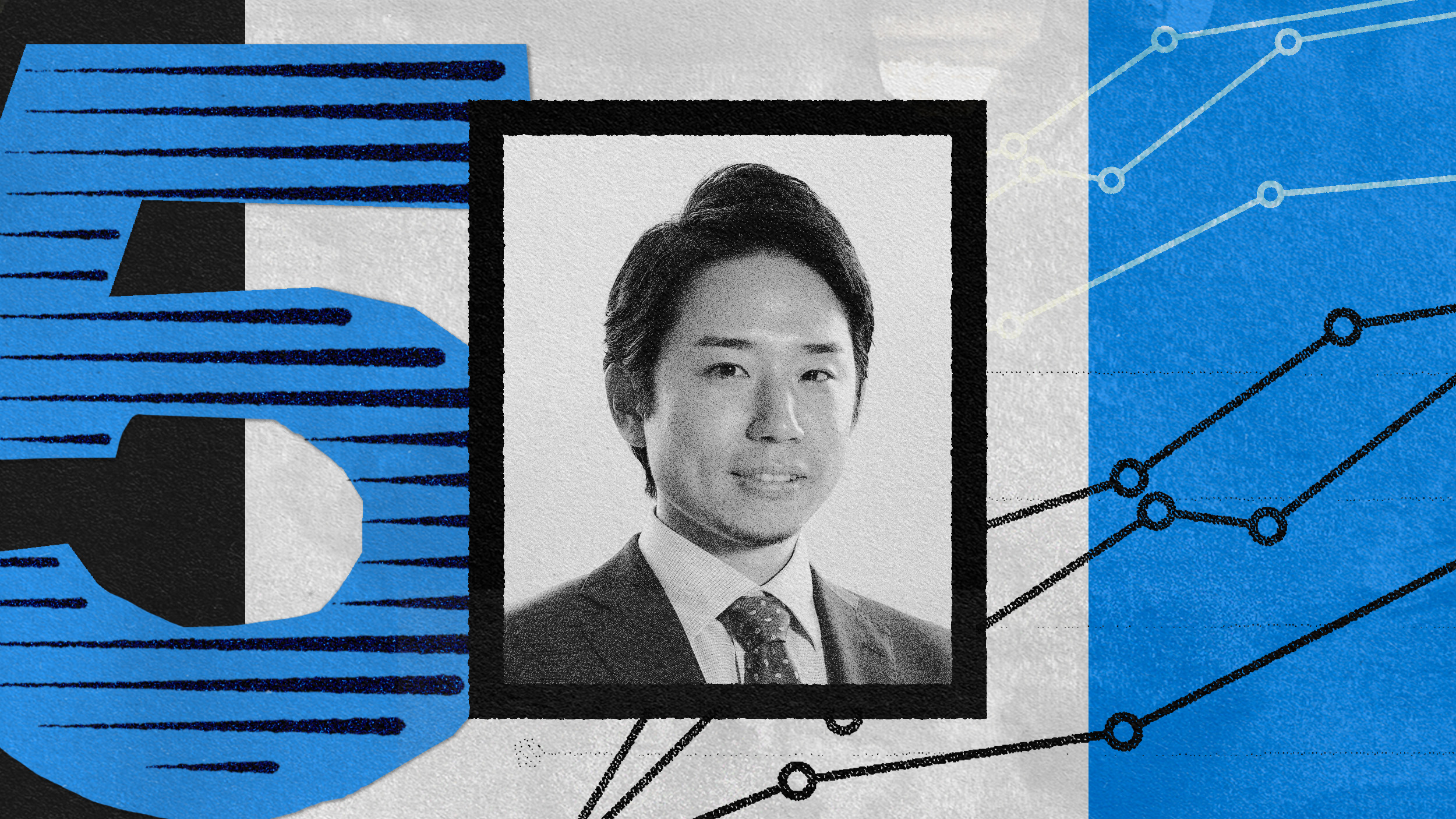In this lesson from Big Think+, Jon Iwata, Senior Vice President of Marketing and Communications at IBM, explores key millennial values and what every company can do to embrace them.
One of the greatest meetings I have any year at IBM is breakfast with our summer interns. And I’ve been doing this now for over 15 years. And so they’re just wonderful interactions with these young people and they’re full of energy and they want to make a good impression and they’re working on interesting things. But I use it as a kind of personal focus group and I’ve asked the same set of questions for over 15 years. I ask questions like, “There’s breaking news this afternoon. How are you going to hear about that news? Tell me about that.” “You’re going to shop for a product starting this afternoon. Tell me about how you’re going to initiate that journey to purchase something.”
And, of course, as you guess over the years the answers to that have changed a lot. Well just a few weeks ago I met with this year’s, you know, group of summer interns. They’re all millennials by definition. And I talked a lot about what makes a millennial a millennial. And I’m, of course, comparing it to everything I’ve read about millennials. And it is true that the purpose of their work matters greatly to them. They don’t want to differentiate what they do in their personal life from what they do in their professional life. It matters to them. They are technology savvy. They take it for granted. It’s like breathing to them. And they assume that the companies they work for or engage with are going to engage with them on that basis. They are highly empowered with information and they rely on social networks not for idle things alone but to make decisions. All true.
What surprised me in this group are two things. One is they said, “As much as we’re doing this [using smartphones] all the time, we really value face-to-face. And we want to work in a place where we get to work with people physically.” And so I think X years ago people said, “No, I’d like to work at home or work on the road” and all the rest. Very, very different with at least this generation of young professionals. This [smartphone use] plus face-to-face. And so suddenly at IBM, you know, we’re having to pay a great deal of attention to the physical design of our offices and labs, the physical environments, the technical tools together. The team configurations, the method of working, all very, very important to millennials and it won’t be limited to millennials.
The last point I’ve asked for, you know, a long time now, “How many of you, you know, are concerned about giving away your personal information?” You know you’re telling everybody in the world like what you’re doing and where you are and what you’re looking for. And people who aren’t millennials, let’s put it that way, say, “I would never tell the world those things about myself.” So, for example, “How many of you have turned off Geo Location on your smartphones?” Up until this year like one percent. I get like one or two hands saying I’ve turned off GPS on my smartphone. This year over half had turned it off and it was quite startling. And I said, “Well why did you do that?” "Because I don’t want my physical location to be seen by companies and other entities. That’s my data, not their data.” Others said, “I turn it on and off because I get serviced for that.” What I learned from this is this is not just a tech-savvy generation meaning this [smartphone usage]. This is a tech savvy generation when they understand that one of the most powerful things and most valuable things they own is their data, is their personal information and they’re not going to naively give it away without return of value to them. And that’s a great eye-opener. First, it gives me hope that they’re not naively embracing technology to their regret one day. It gives me hope that it will cause, whether it’s a government or a business, a healthcare system, a university system to respect the customer, the employee, the citizen. And that’s only a healthy thing.





